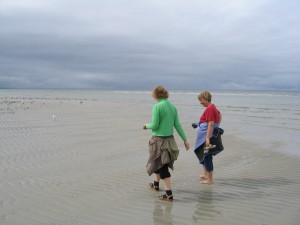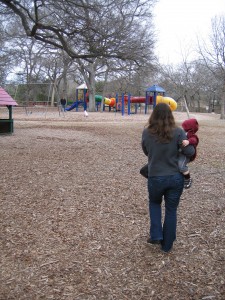 June 20, 2010
June 20, 2010
How many of us don’t know that overexposure to the sun causes skin cancer? Or that eating too much and exercising too little causes weight gain? Or working too much and having too little fun contributes to depression? Or getting too little sleep and worrying about things we have little to no control over leads to exhaustion and stress?
Too often, health messages are about the “knowing,” when–quite often–we already know facts about health. What we don’t know is “how” to do the things the facts suggest we should do. As I discussed in the last post, when we talk about health, we often talk about our family, our work, and the things we do to have fun. So what we want to talk about and what we hope others will share with us is the “how to” meet our employer’s expectations and not work too much, sleep too little, and worry about meeting our obligations. How to have fun in the sun and not get skin cancer. How to adapt our family life to the recommendations that our doctor makes at an annual check-up.
I have adopted the practice of asking my doctor the “how to” question. For example, my OB-GYN noted a two pound weight gain at my annual check-up and cautioned that if I gained two pounds every year, that would be quite bad for my health. I said that I had changed my diet and exercise to decrease my cholesterol levels and that I had noticed a bit of weight gain. I inncreased how many nuts I eat, including almonds and walnuts, while decreasing animal proteins that I eat. It seemed to help with levels of bad cholesterol…which had decreased…but also added calories to my diet.
“It is just all about being active enough to use the calories you consume,” she said. “How you do that is up to you.”
Fair enough. But to support doing that, I need to know “how to” do it…one reason an entire industry of diet foods delievered to our homes exists and one reason that so many online sites offer the experiences and stories of so many of us talking about…”how to” do what we already “know” we should do…

 June 11, 2010
June 11, 2010 May 29, 2010
May 29, 2010 April 21, 2010
April 21, 2010 April 13, 2010
April 13, 2010
 February 9, 2010
February 9, 2010
 February 8, 2010
February 8, 2010 January 28, 2010
January 28, 2010